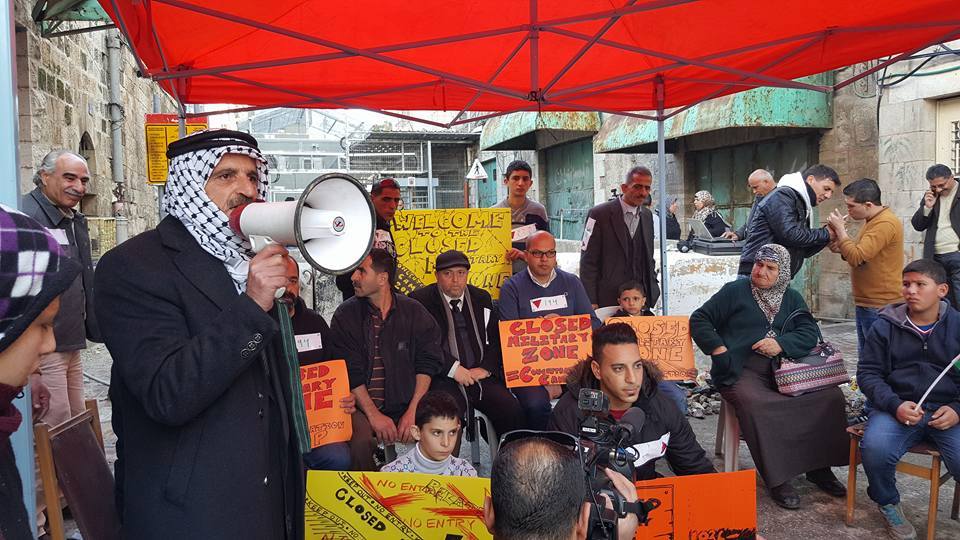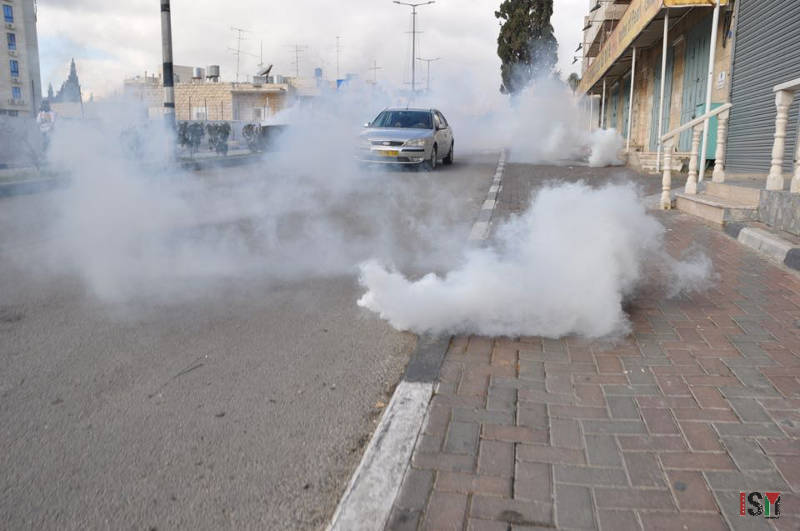Category: Features
-
Ongoing sit-in protest at Shuhada Street checkpoint in Occupied Hebron
18th January 2016 | International Solidarity Movement, al-Khalil Team | al-Khalil, occupied Palestine Today marks day 12 of an ongoing sit-in protest at check point 56 at the entrance to Shuhada Street and the Israeli occupied part of the city. The peaceful protest began on 7th January when a local woman, Wafa’ Sharabati, 38, was arrested…
-
Life inside the Shuafat Refugee Camp, East Jerusalem
January 18th 2016 | International Solidarity Movement, Ramallah Team | East Jerusalem, occupied Palestine A few days ago, the ISM went to the Shuafat Refugee Camp to learn about the situation and living conditions for its Palestinian residents. Built in 1965 with the aim of relocating the Palestinians who were living in the Moroccan Quarter…
-
Israeli violence continues as Palestinians protests against the recent killing of Srour Ahmad Abu Srour in Bethlehem.
January 17th 2016 | InternationalSolidarity Movement | Bethlehem, occupied Palestine This Friday, on the 15th of January, hundreds of Palestinians gathered on the main street of Bethlehem to protest against the recent killing of Srour Ahmad Abu Srour, who was killed by Israeli forces in nearby Beit Jala last Wednesday. Israeli forces fired tear gas, rubber-coated…



